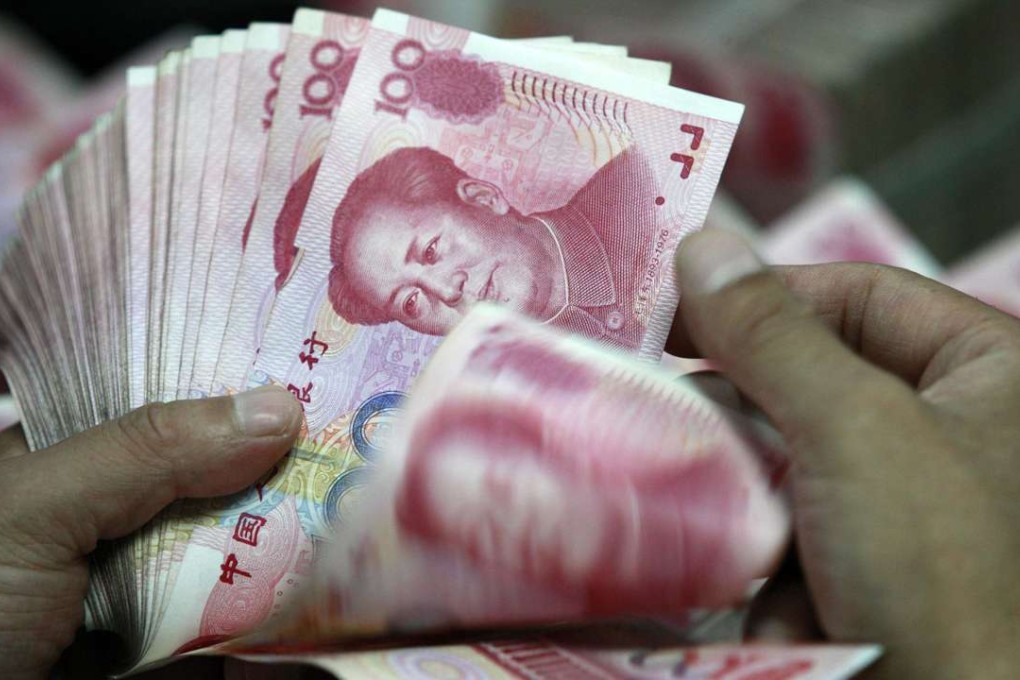New | China imposes cap on peer-to-peer loans to rein in runaway ‘shadow banking’ scams
Individuals are barred from borrowing more than 200,000 yuan on each P2P platform, while companies’ loans are capped at 1 million yuan, CBRC says

China’s banking regulator has imposed a cap on the country’s peer-to-peer loans, in a long-awaited move to rein in runaway lending by so-called shadow banks and defuse their potential threat to the financial system.
Under the rules, individuals are allowed to borrow a maximum of 200,000 yuan (HK$233,010) each from any one P2P platform, with the total loans per person capped at 1 million yuan.
For companies, the cap is set at 1 million yuan per platform, with a total limit of 5 million yuan per borrower, said Li Junfeng, the China Banking Regulatory Commission’s director of inclusive financing.
The caps were introduced after thousands of P2P platforms sprouted all over China since 2014. In their heyday, these lenders were hailed as financial innovators that combined technology with new-fangled ideas such as crowd sourcing and social network to liberalise financial services.
P2P lending platforms raised more than 400 billion yuan of funds in China as of November 2015, according to the Chinese bank regulator’s data.
Some heroes were soon exposed as villains, after a spate of high-profile cases where P2P platforms were found to be nothing more than scams designed to filch pensioners of their life savings.
As many as 1,000 of the estimated 3,600 P2P platforms that operate in China are found to be problematic, according to the regulator’s data.